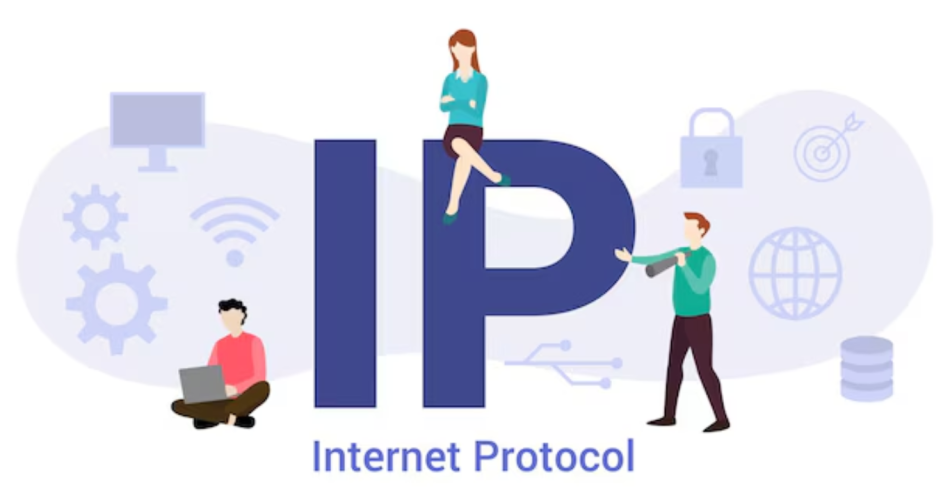Have you ever wondered how your device actually connects to the internet? Every online action is tied to something called an IP address, whether you’re checking emails, streaming movies, or browsing social media. You may not think about it often, but this little set of numbers plays a massive role in how the internet works.
At Kwikaweb, we focus on keeping websites secure and accessible, and understanding IP addresses is a key part of that. If you’ve ever seen the term but never really knew what it meant, you’re in the right place. Let’s break it down in a way that actually makes sense.
Understanding IP Addresses
An IP (Internet Protocol) address is a unique numerical label assigned to every device connected to a network that uses the Internet Protocol for communication. Think of it as your device’s digital home address—it tells other computers where to find and send information.
Types of IP Addresses
1. IPv4 vs. IPv6
- IPv4 (e.g., 192.168.1.1) is the most widely used version, but it has a limited number of possible addresses.
- IPv6 (e.g., 2001:db8::ff00:42:8329) was introduced to provide more address space and improve internet performance.
2. Public vs. Private IPs
- Public IP: Assigned by your internet service provider (ISP), this address is visible to the public internet.
- Private IP: Used within local networks (like home Wi-Fi) to connect devices privately.
3. Static vs. Dynamic IPs
- Static IP: Fixed and doesn’t change, commonly used for businesses and servers.
- Dynamic IP: Assigned temporarily and changes periodically, which is common for home internet users.
Whether you’re hosting a website or simply browsing, understanding how IP addresses work is essential. If you’re launching a website, Kwikaweb provides secure, high-performance hosting to ensure your site is accessible worldwide.

